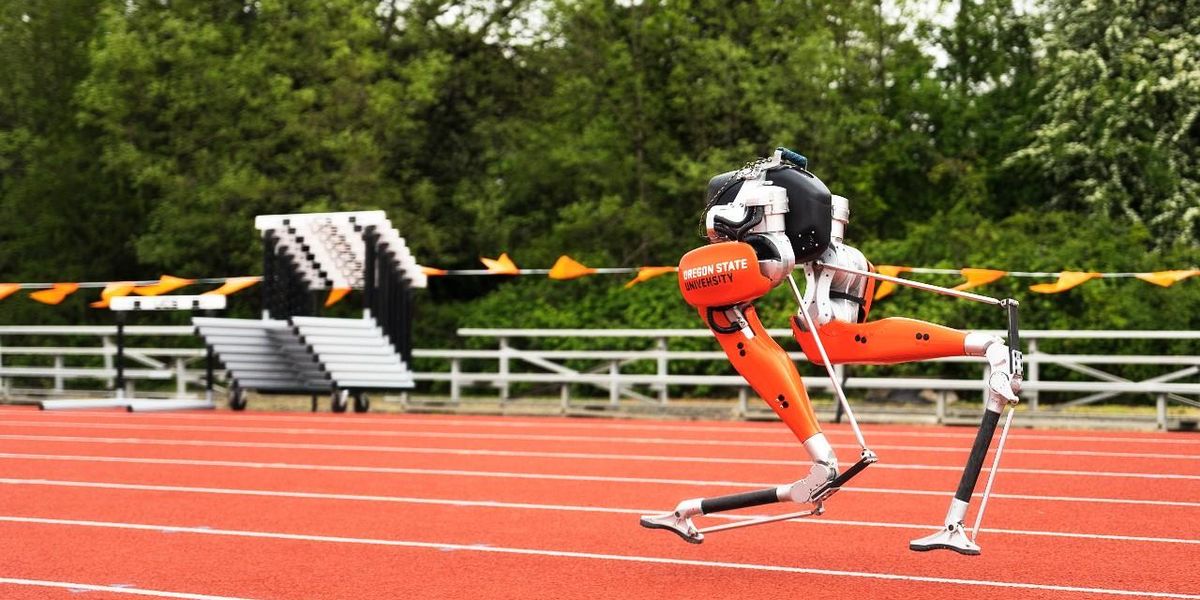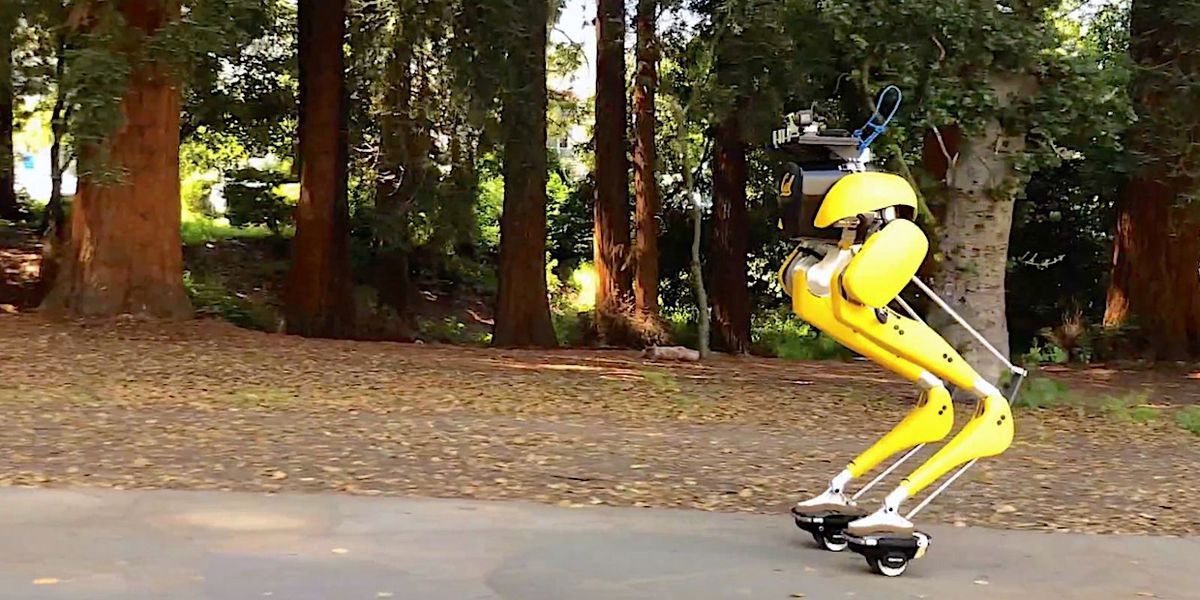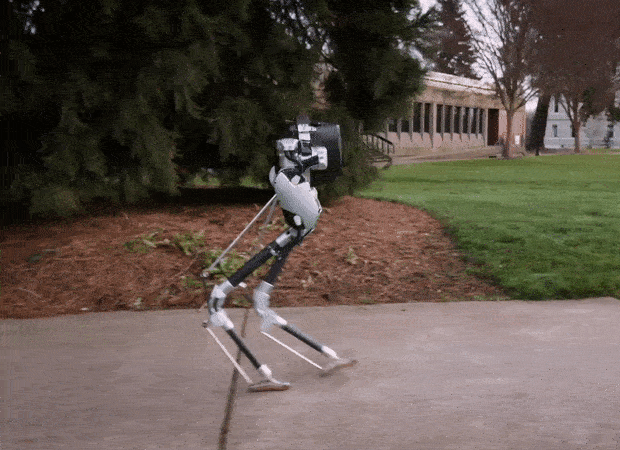Cassie

Cassie is a dynamic bipedal robot that can walk and run in a fashion similar to that of humans or animals. It can handle diverse and complex terrain, making it perfect for search and rescue, or package delivery.
- Creators
- Year
- 2016
- Country
- United States 🇺🇸
- Categories
- Features
Did you know?
Cassie is named after the Cassowary, a flightless bird with a similar leg shape.
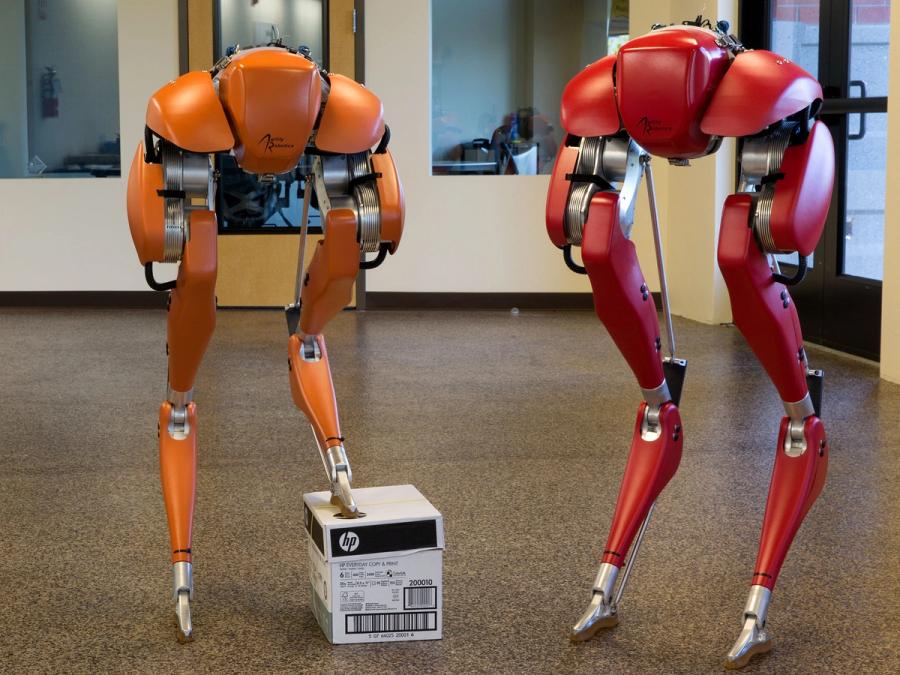
History
Founded in 2015, Agility Robotics develops highly capable bipedal robots for applications that include logistics, telepresence, automated inspection, entertainment, and research. The company's goal is to build legged machines that can go anywhere a person can go. Its first robot, released in 2016, is a bipedal platform called Cassie, a dynamic walking robot that could traverse rough terrain and step over obstacles. It later learned to climb stairs. Unveiled in 2019, Digit is Agility's second robot. Its legs are similar to Cassie's, but Digit is equipped with a torso full of sensors as well as a pair of arms, used for balance, mobility, and manipulation.
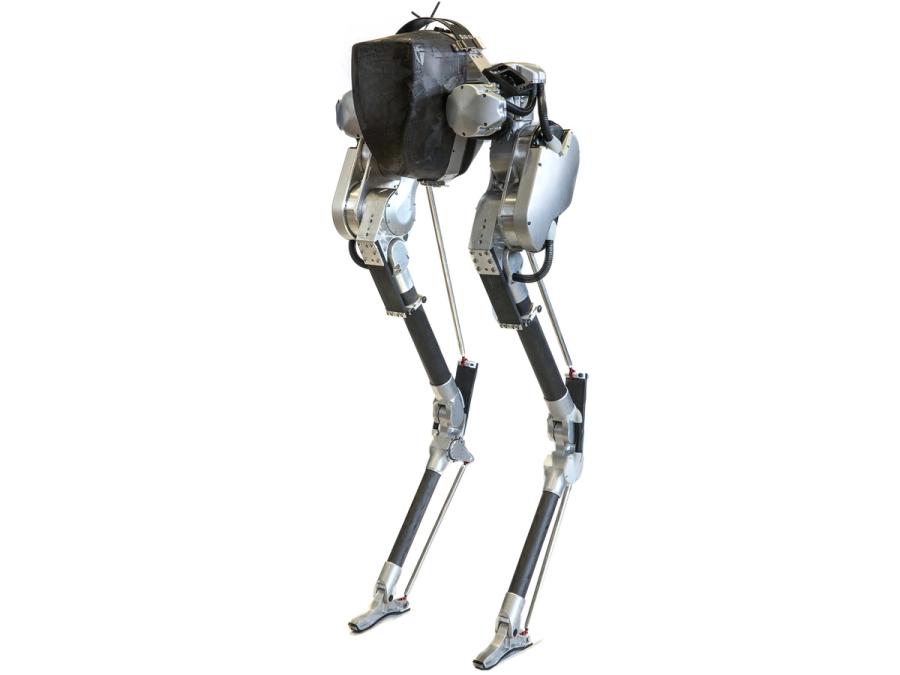
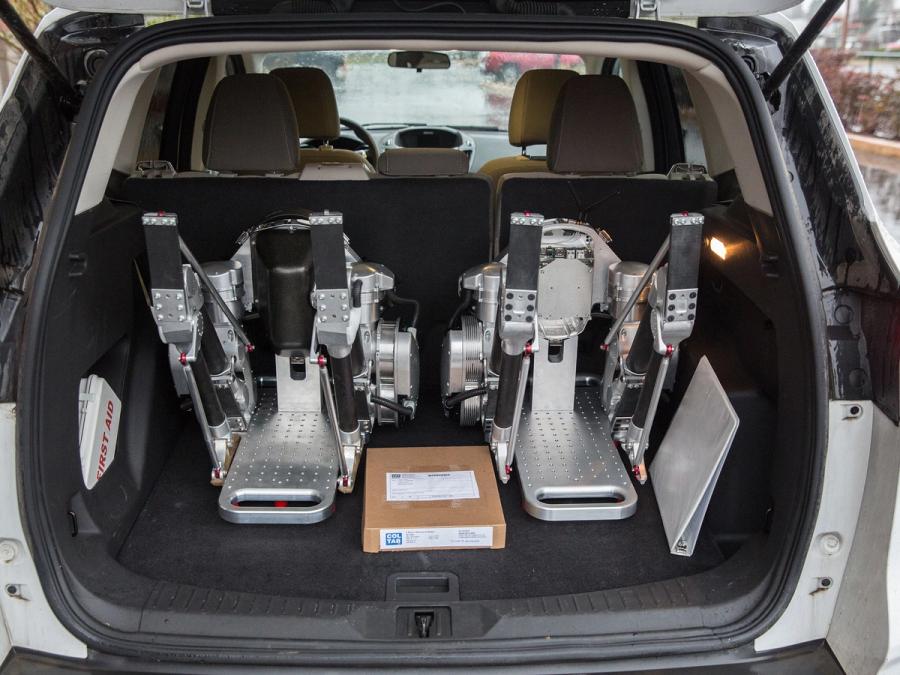
Specs
- Overview
Strong and durable, able to handle experiments outdoors without a safety tether. Extremely energy efficient, runs for many hours on a single battery charge.
- Status
Ongoing
- Year
2016
- Website
- Width
- 55 cm
- Height
- 115 cm
- Length
- 40 cm
- Weight
- 31 kg
- Speed
- 5 km/h
- Sensors
MEMS IMU, absolute and incremental encoders.
- Actuators
Brushless DC motors, with custom-designed transmissions
- Degrees of Freedom (DoF)
- 10 (Legs: 5 DoF x 2)
- Materials
Aluminum; thermoformed polycarbonate variants; carbon fiber composite components.
- Compute
Main real-time control computer with Intel Atom, custom microcontroller boards at each limb. Secondary Intel Nuc I5 for customer use, including any non-real-time processes.
- Software
MathWorks Simulink real-time for control computer. Any software allowed on secondary computer.
- Power
20.5 Ah battery at 48V, with estimated 5 hours operation in mixed-use (100 W power draw while standing, ~300 W power draw during walking). Ability for much higher power output for a jump or running.
- Cost
- $300,000 (exact amount depends on application and quantity)
